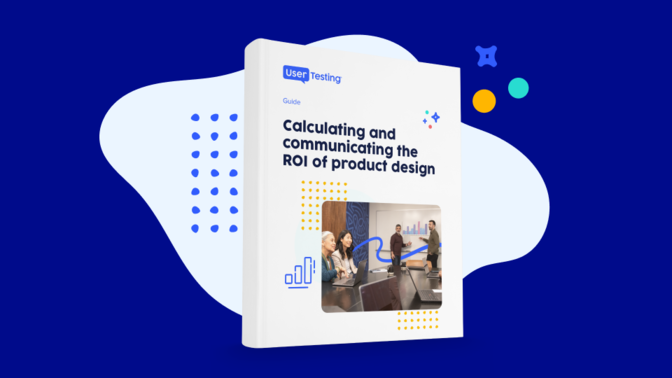
Guide
Calculating and communicating the ROI of product design
In an era of shrinking budgets and accelerating product demands, product designers are being asked to do more than create good designs. They need to justify their contributions in terms of return on investment (ROI) and communicate the value of their work in a language that resonates with executives.
But connecting design efforts to an organization's bottom line can be tricky. How can product design teams align their creative efforts with the business metrics that matter most to executive stakeholders? Our experts have some incredible tips to help you answer that question.
In this guide, you'll learn to:
- Communicate the ROI of product design effectively within your organization
- Align design activities with key business metrics
- Overcome internal challenges and engage stakeholders
- Use storytelling to craft compelling narratives around your design metrics
This guide is for product designers and company leaders who want to ensure their design teams are seen as strategic assets within their organizations. Download now to learn how to map out your own process for demonstrating the value of design.
Get your guide
